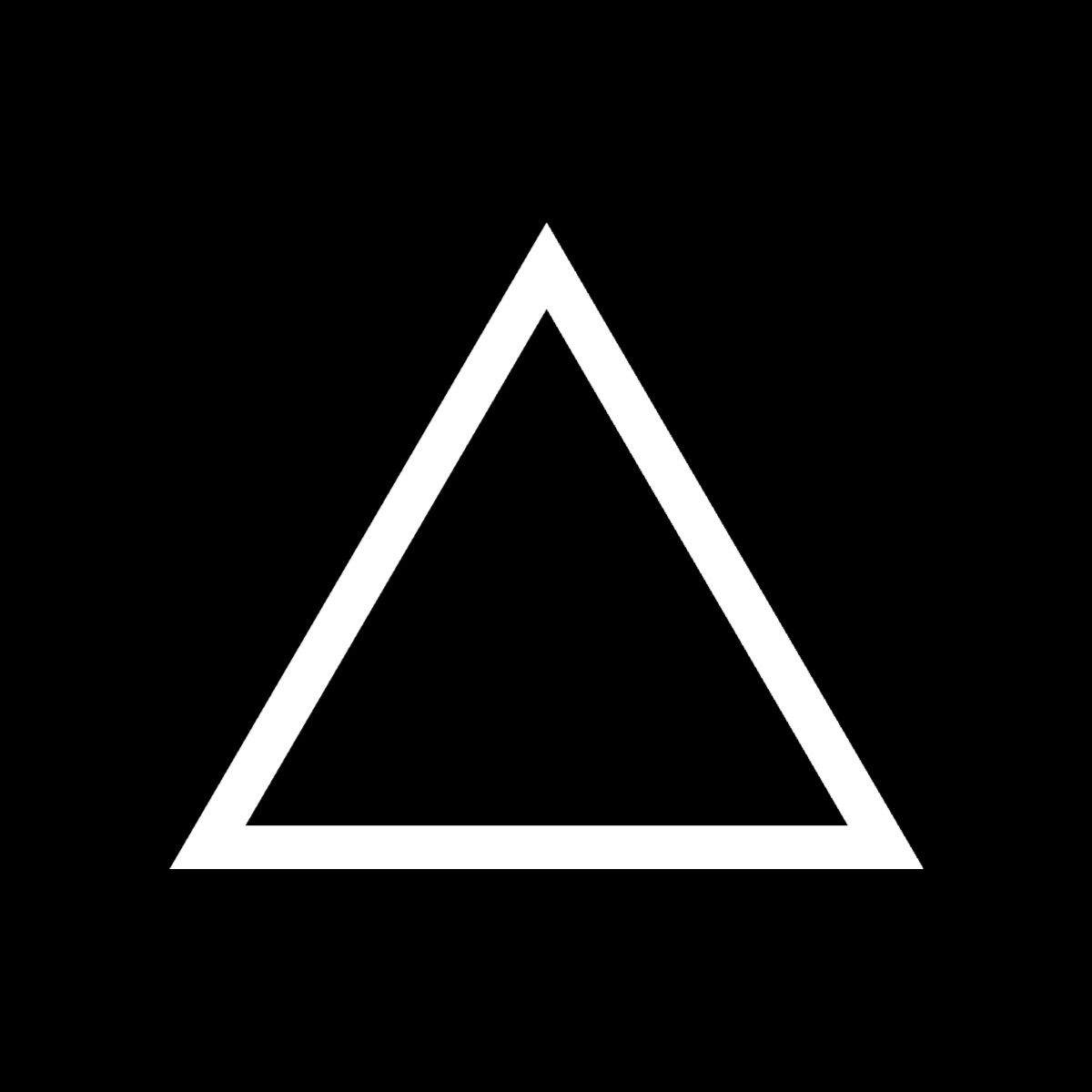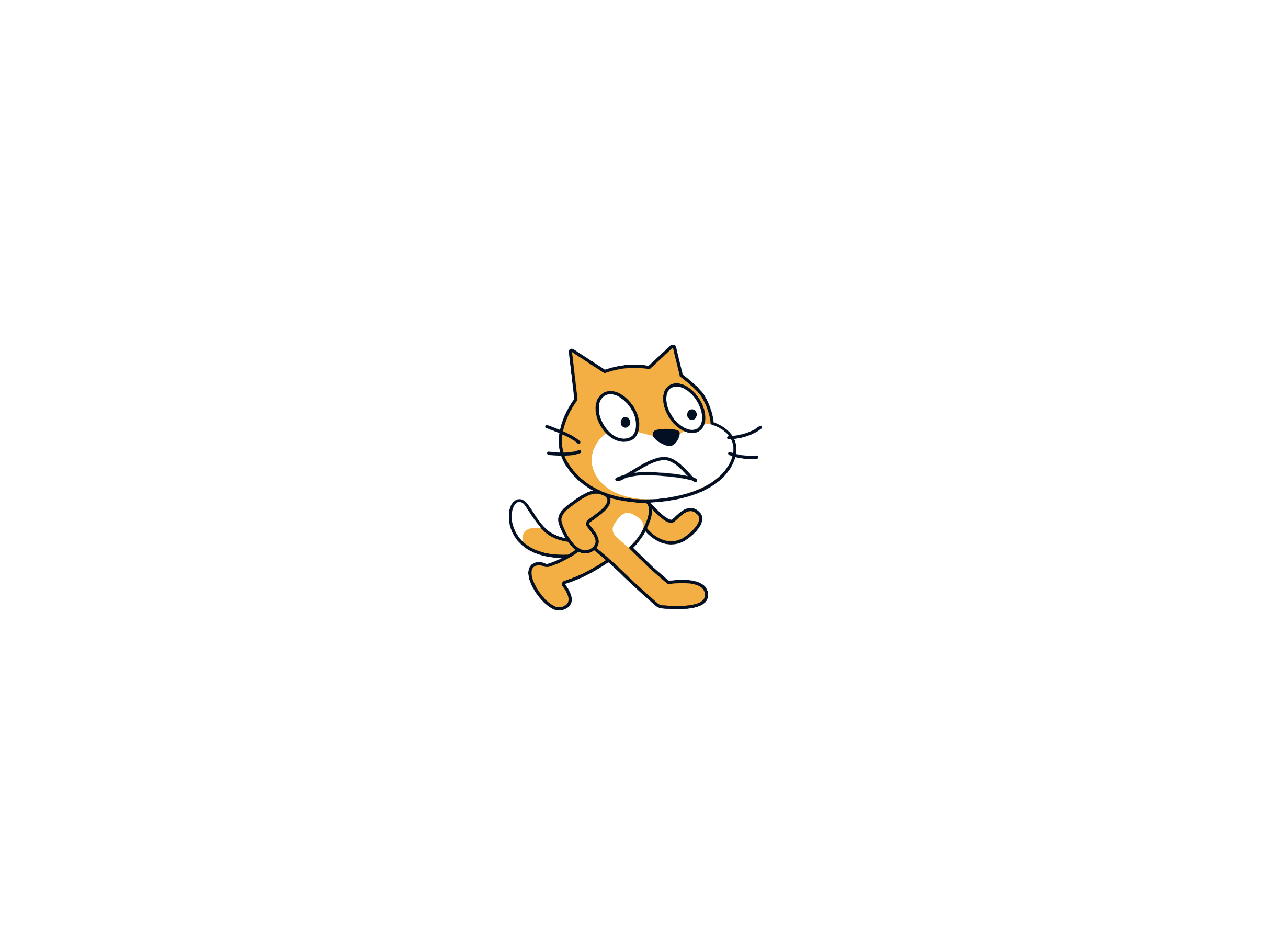Scratch Isn't as Kid-Friendly as You Might Think: Here's Why
 Alteca
Alteca
Introduction
As you already might have known, Scratch is a supposedly kid-friendly programming platform where kids can share the projects they create with others.
However many young Scratch users may face challenges throughout their journey. Though this platform was originally simple and very beginner friendly, you now need to learn Scratch for a year or more to learn it. The Scratch community is also very toxic and moderation is a big issue too. Rude comments are a common sight and people promoting their projects in inappropriate ways are also widely spread.
What is Kid-Friendly Technology
First of all, we have to define what a kid-friendly platform is and see what Scratch did wrong and what lead to Scratch becoming a toxic community.
What a kid-friendly technology platform should have:
A clean and intuitive UI: kids tend to need a better UI than average adults because it might be hard to navigate. Scratch's UI is very different in different places. The new 3.0 UI changes were significant, but didn't apply everywhere on the website making it even more complicated for young individuals.
A distraction-free space: Kids are distracted much more often than adults so the code editor has to have nothing except the publish button and the code editor itself. However, in Scratch, the navbar in the code editor is even more cluttered than the website's navbar though it is a 3.0 navbar.
Only certain or no community features: Kids are especially vulnerable to cyber attacks toxic behavior and cyberbullying. All this now happens in Scratch too, since it is so easy to create an account and any bully can now start bullying everyone on Scratch until they are banned when the worst has already happened.
Useful tutorials: As many Scratchers might know, the tutorials built into Scratch are very useless even for beginners and once you master the basics, you will probably never use them again. This forces many people to pay extra money for paid courses on Coursera or other course platforms.
No social media features: Scratch's social media features do more bad than good to young minds. Scratch has since become a place where everyone wants fame and nothing else. Comments are toxic and there is basically no moderation. Mass reporting is also common sight in Scratch which leads to projects being taken down for no reason.
The Evolution of Scratch
Initially Scratch was just a desktop application with a code editor with blocks instead of text. This was Scratch in its pure and unaltered form. Then the website was added with basically the same features as the app.
Then Scratch 2.0 came, introducing new blocks, features and capabilities, the community and social features were also added during the time. That is exactly the moment when Scratch took a turn for the worse. More people started being mean in comment feeds. However, most of the community was still highly engaged and intelligent coders.
When Scratch became even more popular Scratchteam continued the expansion to make Scratch more of a social media website than a website with projects.
When the dramatic change happened, was the 3.0 version of Scratch, was actually a coincidence with Scratch becoming more widely adopted than ever before, making it more appealing to kids and young teens.
When more people began using the program, they did not know what Scratch used to be and didn't make more quality projects, they made generic platformers, became famous with notorious schemes and acquired thousands of followers through manipulation.
When you go through the top games on Scratch and look at their creators all of them have been on Scratch from the very beginning because back then everyone was just producing quality content and not focusing on fame, but now it's the opposite.
Explore the addiction to Scratch more in-depth here.
The Dark Side
So what has Scratch become now(tip: it is not a platform for coders) rather a platform for gamers and very bad coders, just like Roblox. When comparing Roblox and Scratch they are very similar to each other, toxic community, many low quality games/projects, copycats copying projects in their original state and saying it's theirs.
Scratch's community is now filled with not intelligent individuals who create quality projects, but rather gamers and addicts who want only one thing: fame. Scratch's community features have driven in more users, but Scratch has lost the spark that it once had.
As a platform Scratch is thriving in popularity, but what was meant to be done by everyone: produce quality projects, is now done by no one, this system is now only held together by a few gifted coders who satisfy Everyone else's demand for games.
Moderation is also a big problem with Scratch, it is something that is almost never talked about, but I'm raising this topic here. Scratch moderation is bad, just very bad, the fact that mass reporting can even happen is disturbing because nobody is safe from this. The fact that anyone can report anyone else can result in people being banned for no reason just like fellow Scratcher SullyBully was banned.
Scratch projects themselves have also become a nightmare to even see, they are either bad or copied generic platformers that copy other generic platformers. The fact that moderation lets people completely copy others' projects is outrageous and there are even more reasons why Scratch projects have become so bad. One of the reasons is that annoying pop-ups are telling you to love and fav everywhere in games(especially generic platformers).
And this is just the beginning, you also have to take into account that this is all displayed to kids! With all the rude comments, and social media features that resemble Facebook and Instagram, there is a reason that these programs are not allowed for under 13 years old. Now the kids have finally figured out a workaround; they use Scratch.
Do you really want your kid/s exposed to this kind of community, there are countless scammers, spammers and haters on Scratch. Your kid/s might just get a piece of that pie, something similar happened to me on my old account just because I asked a question, though I did manage to figure out how to find a solution.
Educational Aspects and Classroom Use
In educational settings, Scratch's use isn't just limited to the code editor, some people on Scratch even comment on projects saying that they used that game to not get bored of coding class. During coding classes, kids usually don't learn anything while not interacting with an instructor.
Instead, they play games from the trending page and score goals in a soccer game instead of coding their own. For me it has always been so fun to code already, why do you need to add extra dopamine to an already fun activity?
Removing community features from school accounts is key to making Scratch faster to learn in school because many kids spend their days promoting their absolutely bad projects by stuffing them into like 1000 studios and waiting for new followers.
When Scratch is used in the classroom it shouldn't be taught like it is taught most of the time, the teacher does something on the board and the students have to copy, but has to be taught in a fun and dynamic way so that kids simply don't get the chance to do something else on scratch and stay engaged with the lesson.
Alternative Kid-Friendly Platforms
Gandi IDE
The absolute winner for your kid if your kid wants an experience similar to Scratch with no distractions and more powerful features which give you pre-made scripts that you can then use for your kid's needs. It features an asset marketplace, a cloud backpack and more powerful coding tools. If Scratch isn't careful, Gandi IDE will destroy them as a whole.
Godot Engine
For people who want a more advanced experience with 3d, but don't want to be overwhelmed by big game engines Godot engine is a great choice and since it's offline it is completely kid-friendly.
Flax Engine
Something similar to Godot it is a 3d/2d game engine that has an intuitive interface, but is also much more advanced than Scratch so if your kid is just a 10-year-old then this won't fit.
Game Maker
Game Maker is the ultimate game engine if your kid wants to stay in the 2d space, but move on to a more advanced tool than Scratch. If your kid doesn't know Scratch it's completely fine because you don't need to for any of these alternatives.
Edublocks
Edublocks is best for kids that haven't learned Scratch or aren't ready to move on from Scratch because it is also a simple tool but with a much cleaner interface and barely any community features. It does have a much more advanced mode though where you can write in pure code. It also allows for multiple programming languages to be used so if your kid wants to make a website with blocks, then this is my top pick
Tips for Making Scratch More Kid-Friendly
If you're a parent, use a browser extension like StayFocused to ban your kid from going to the Scratch search results page or the Explore page, this should allow for a distraction-free experience for your kid.
If you don't want your kid to use Scratch as a whole let your kid try Edublocks or some of the other Alternatives listed above. All of these are great game engines that will allow your kid to experience the true power of code.
Restrict your kid's Scratch usage or download Scratch's offline version. If you still want your kid to experience Scratch and be extremely focused on the code then you can download Scratch's offline version for distraction-free coding experiences.
Another option is to use Turbowarp(Scratch online with faster speed and no community) and ban your kid from going on Scratch so that your kid isn't tempted to go there.
What Scratch Should Do Next
In this part of the article I am directly addressing you Scratchteam, you have let your platform become what once was a thriving creative community to something that closely resembles Roblox and let little kids get bullied due to under-moderation. This isn't okay so I have a few ideas to share.
Scratch should, first of all, improve its consistency because it is lacking due to the old and the new UI being distributed randomly throughout the website.
Other things Scratch should do:
Remove Comments, Loves and Favorites and make studios a project where multiple people can collaborate in real-time to make a true masterpiece.
Introduce AI moderation to identify inappropriate content faster and make Scratch projects invulnerable to mass reporting.
Adopt a league system similar to Duolingo to make users only able to interact with users in the same group of the same league and make a collaboration mode to make these people cooperate to stay in the same group.
Conclusion
In this article you have learned that Scratch isn't as kid-friendly as many might think, so now armed with this knowledge it is your choice either let or not let your kid use Scratch.
If you do choose Scratch then be warned that Scratch can lead to addiction which you can read about here: https://alteca.hashnode.dev/scratch-is-addictive-how-to-get-rid-of-your-scratch-addiction
Don't forget that Scratch isn't that bad though, it has plenty of useful tutorials from YouTubers like Griffpatch or Chipm0nk. The Scratch community is also much bigger than any of the alternatives' communities so Scratch isn't all that bad of a thing to have backed. With Gandi IDE though you can do the same things as in Scratch without a Scratch account which I find great.
Subscribe to my newsletter
Read articles from Alteca directly inside your inbox. Subscribe to the newsletter, and don't miss out.
Written by

Alteca
Alteca
I am a web developer from Vienna and love to do HTML and CSS and JS.